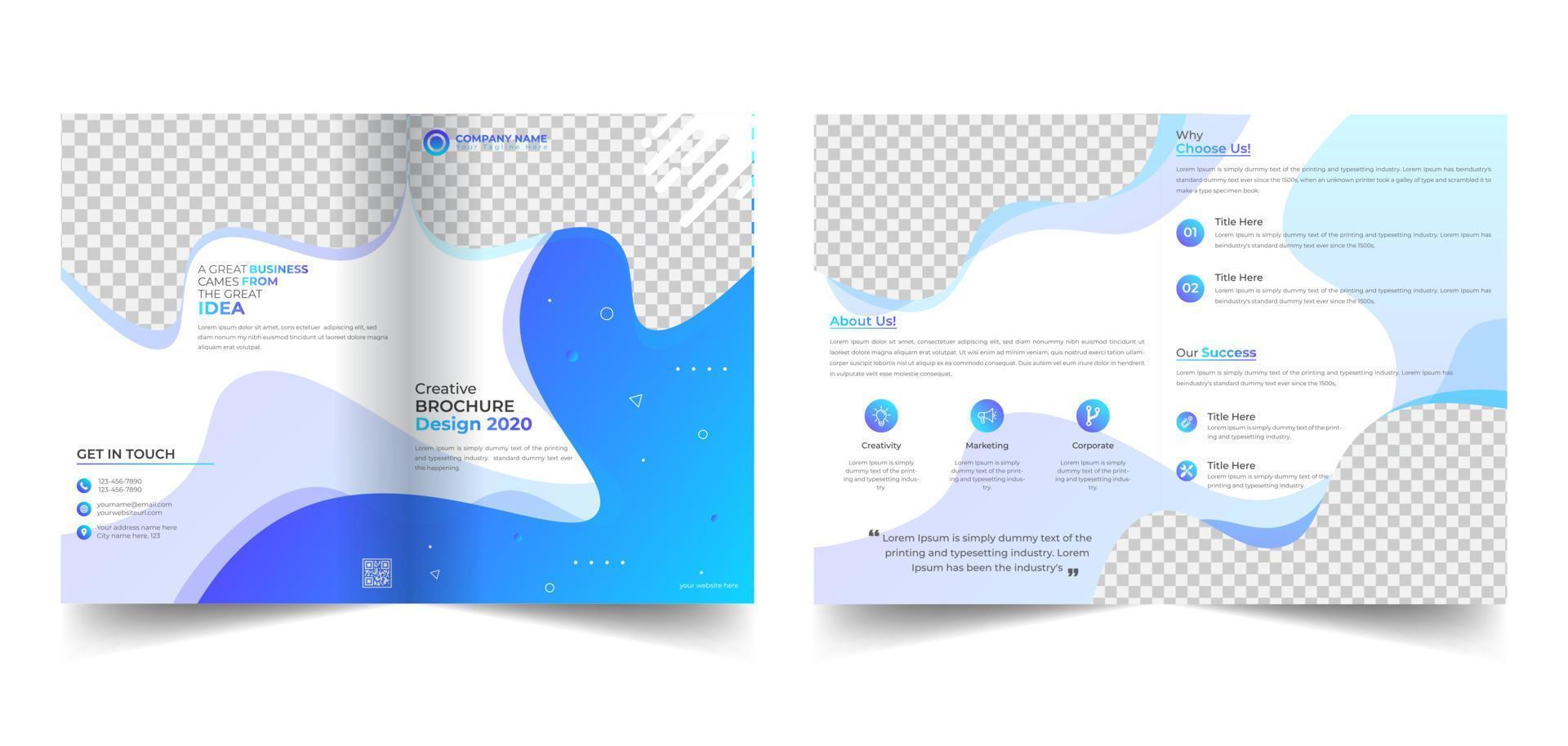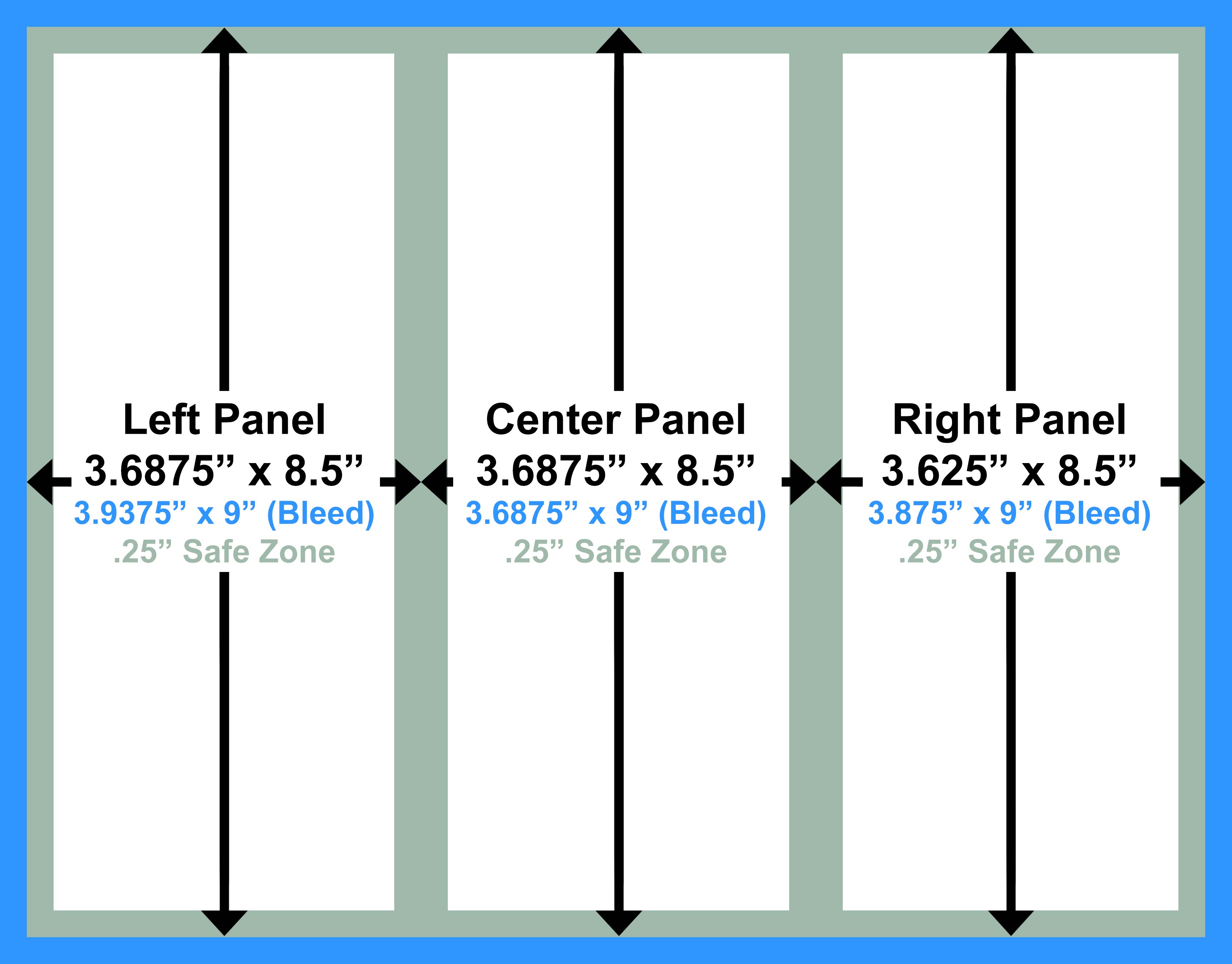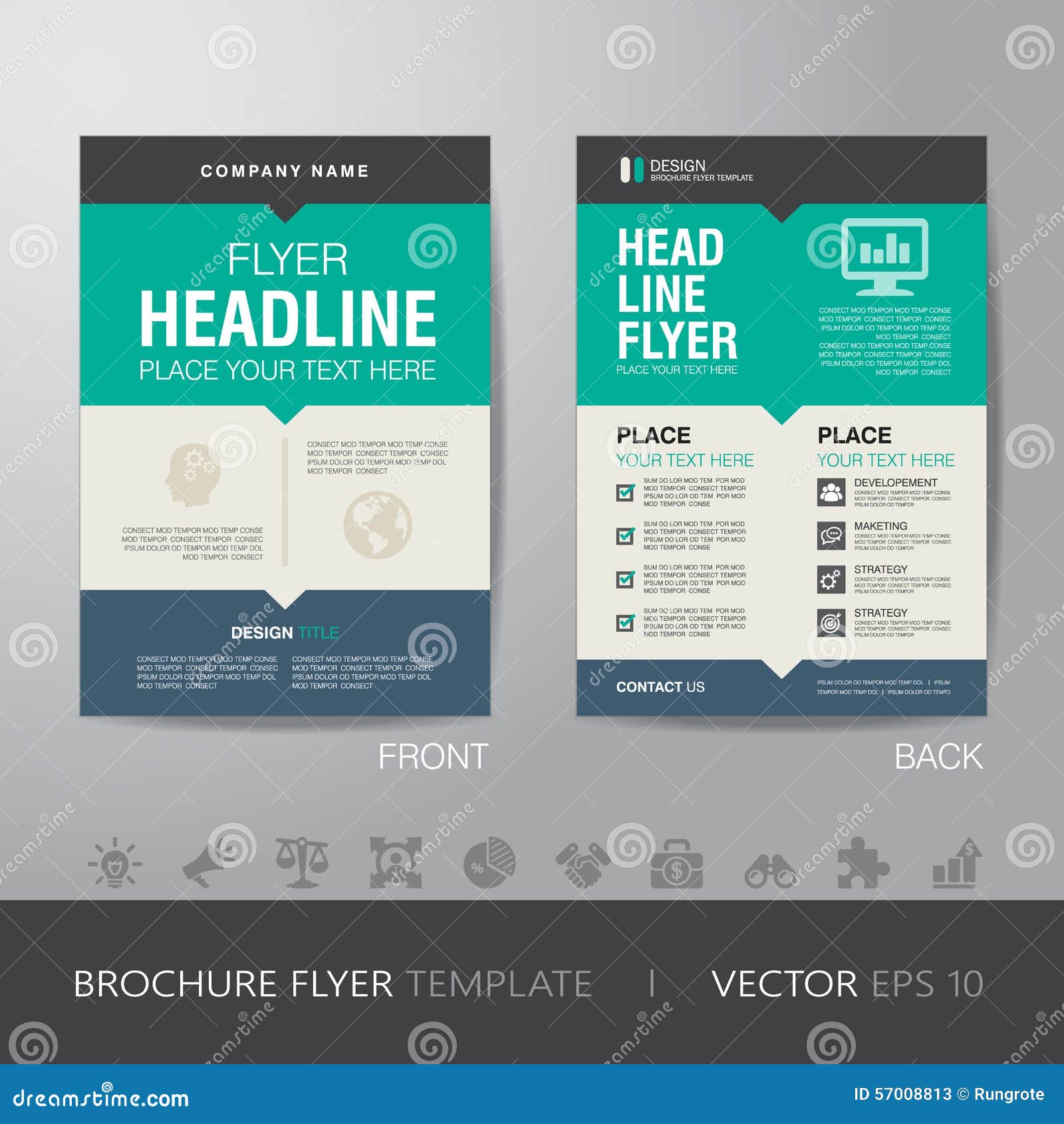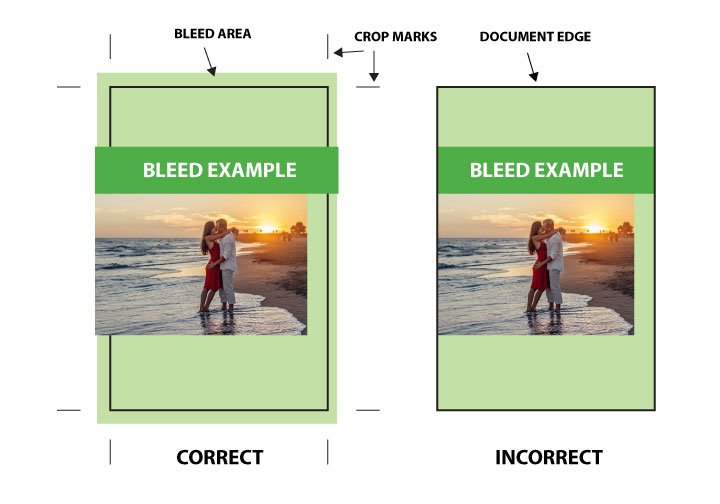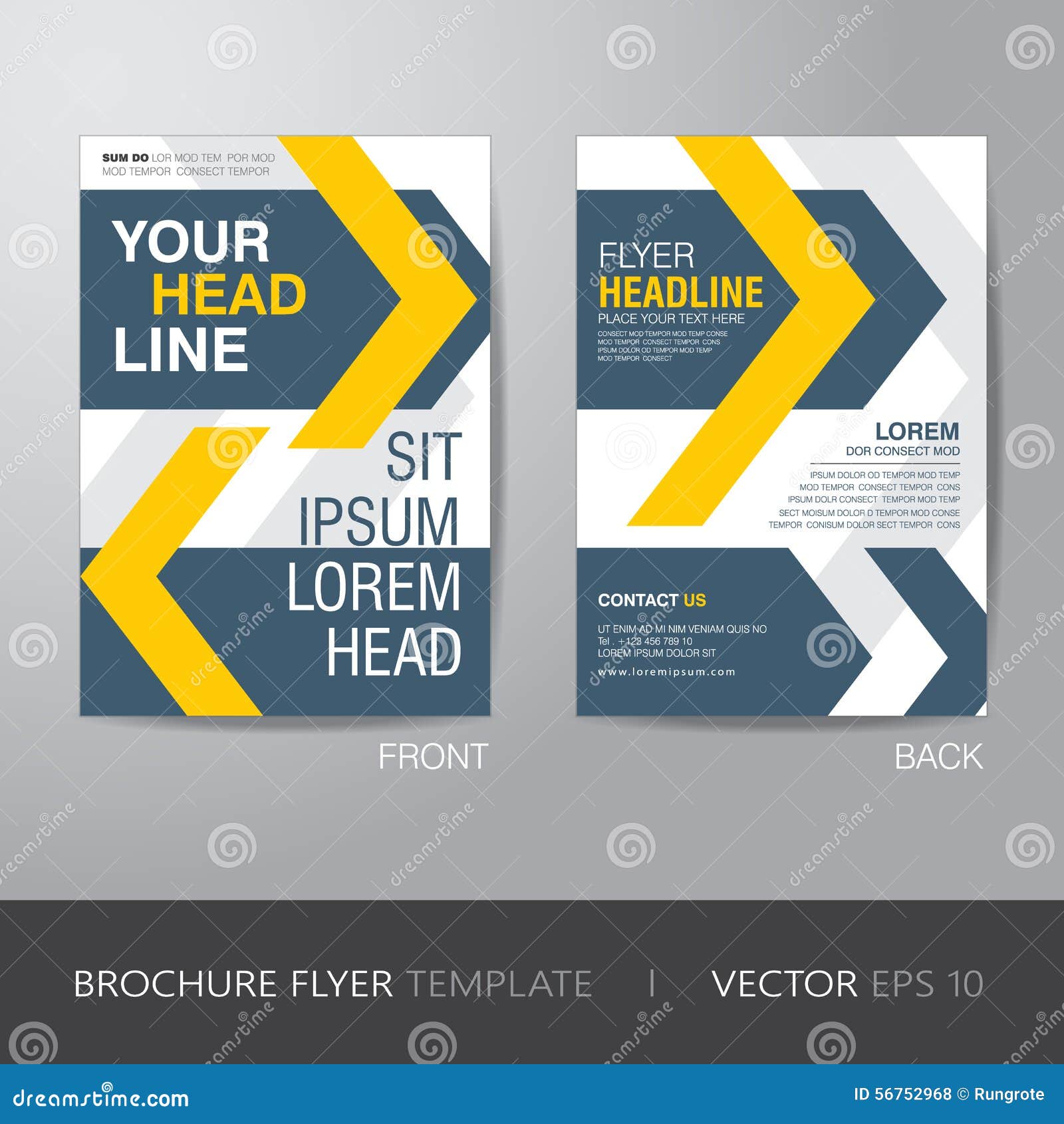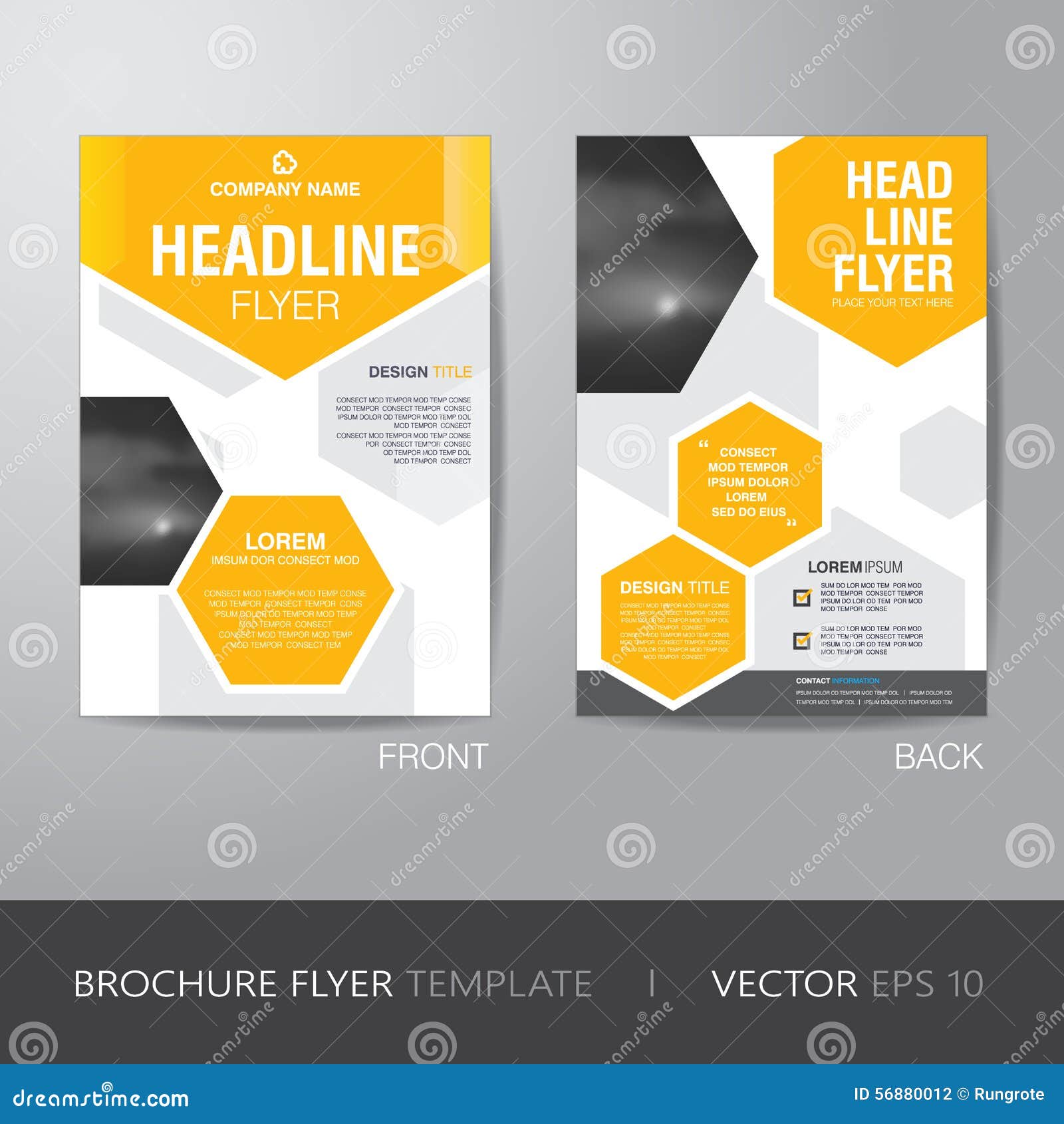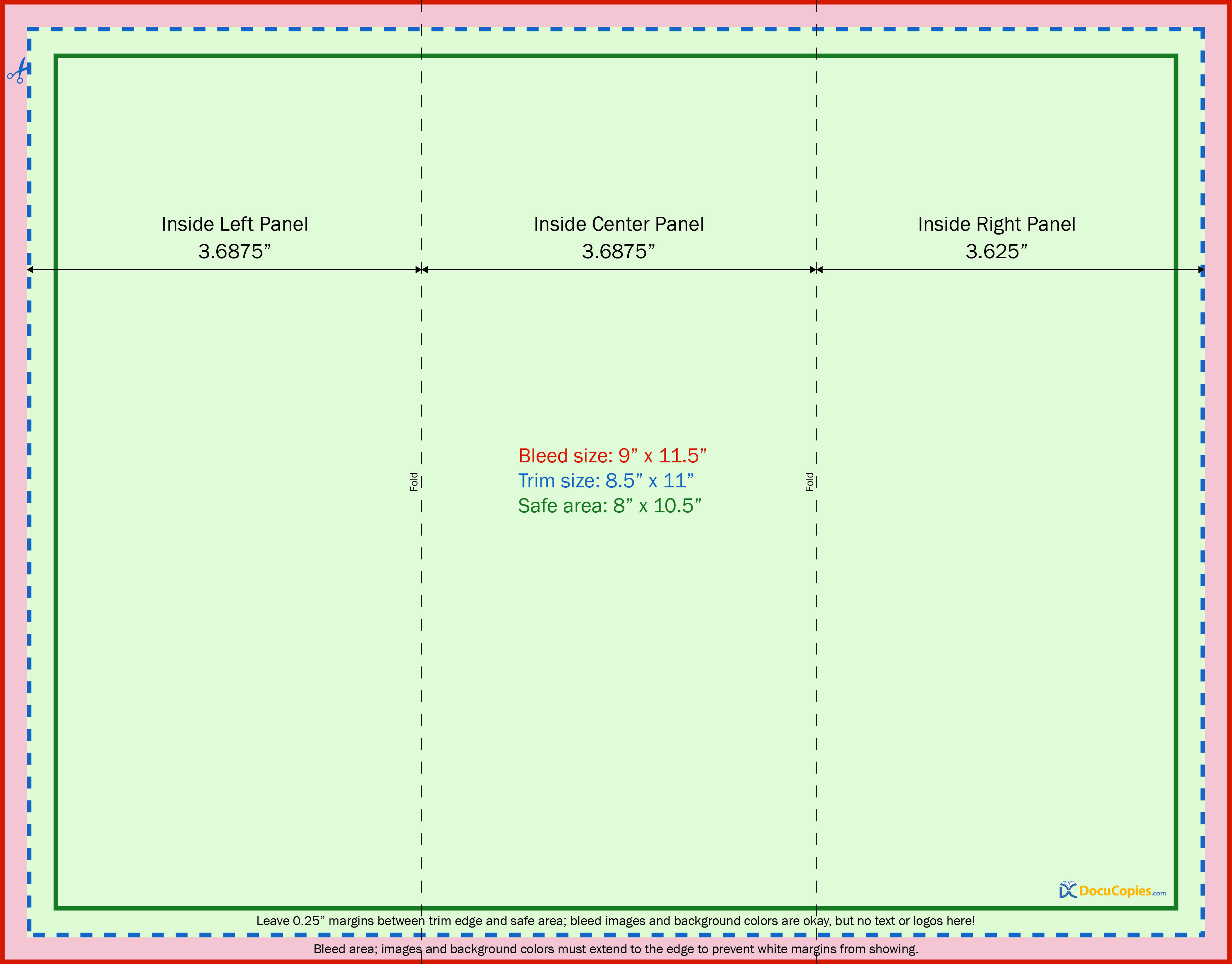Bleed For Brochure
Bleed For Brochure - Bleed is so often forgotten about. A bleed is primarily used for flyers, magazine covers, advertisements,. Partial bleed shows that only some elements will be shown to the edge, leaving a white space margin. Whether you're creating business cards, brochures, or posters, understanding how to incorporate bleeds and set appropriate margins is essential for achieving a polished and visually appealing. It is essential for the customer to know what full bleed is, and. One crucial aspect of this detail is bleed—an. When it comes to professional printing, “bleed” is an essential concept that ensures your designs look polished and without any unwanted borders. You need a bleed area to ensure that if any slight movement occurs during the printing and. Bleeds extend beyond the final trim size of your document, while margins are the inner space. Bleed is an extension of an image or color(s) that continues beyond the finished trim size. Whether you're creating business cards, flyers, or brochures, achieving a polished and professional look requires attention to detail. Each printer has his own requirement for this. Bleeds and margins are the extra space around the edges of your flyer or brochure. It is essential in printing almost all types of paper print products including business. Paying attention to bleed in printing helps you create stunning interior layouts and covers from one edge of the page to the other. It is essential for the customer to know what full bleed is, and. Bleed refers to the area of your print that. Bleed is an extension of an image or color(s) that continues beyond the finished trim size. Bleeds are when print coverage extends to the edge of the. When designing a custom poster, flyer or brochure for print. Bleed is so often forgotten about. Improper design of full bleed is the number 1 cause of delays when customers order prints from a company. Leave 0.25 inches from the edge to protect text or logos, or add a thin line around your design as a visual guide. Bleeds are when print coverage extends to the edge of the. Bleed. When you are creating a new brochure design, you will need to know from the start whether or not you will be printing with a bleed. Leave 0.25 inches from the edge to protect text or logos, or add a thin line around your design as a visual guide. Bleeds extend beyond the final trim size of your document, while. It is essential for the customer to know what full bleed is, and. A bleed is where printing goes all the way to the edge of the page. A bleed is primarily used for flyers, magazine covers, advertisements,. Leave 0.25 inches from the edge to protect text or logos, or add a thin line around your design as a visual. It is essential in printing almost all types of paper print products including business. A bleed is where printing goes all the way to the edge of the page. Bleed is the extra space around the outside of your document that will be cut off during production. 4/5 (201 reviews) It’s easy to focus on achieving the most beautiful design,. Bleed is an extension of an image or color(s) that continues beyond the finished trim size. Bleeds and margins are the extra space around the edges of your flyer or brochure. When designing a custom poster, flyer or brochure for print. Each printer has his own requirement for this. Bleed refers to the area of your print that. It is essential for the customer to know what full bleed is, and. Learn why bleeds are necessary when sending a design file to a printer, and how to set them up properly. Bleeds are when print coverage extends to the edge of the. 4/5 (201 reviews) Bleeds extend beyond the final trim size of your document, while margins are. Bleed is so often forgotten about. This is also called borderless printing and is commonly seen on book covers, posters, flyers and postcards, but is less. It is essential for the customer to know what full bleed is, and. Improper design of full bleed is the number 1 cause of delays when customers order prints from a company. Partial bleed. Bleed is the extra space around the outside of your document that will be cut off during production. Bleed is so often forgotten about. Whether you're creating business cards, brochures, or posters, understanding how to incorporate bleeds and set appropriate margins is essential for achieving a polished and visually appealing. The minimum amount of bleed should be around 0.125 (3mm). A bleed is where printing goes all the way to the edge of the page. Bleed refers to the area outside the trim line of a printed document. Bleeds are when print coverage extends to the edge of the. Each printer has his own requirement for this. When designing a custom poster, flyer or brochure for print. One crucial aspect of this detail is bleed—an. You need a bleed area to ensure that if any slight movement occurs during the printing and. Bleeds extend beyond the final trim size of your document, while margins are the inner space. Leave 0.25 inches from the edge to protect text or logos, or add a thin line around your design. Partial bleed shows that only some elements will be shown to the edge, leaving a white space margin. Each printer has his own requirement for this. Bleed measurement bleed measurement is not the same everywhere. Whether you're creating business cards, brochures, or posters, understanding how to incorporate bleeds and set appropriate margins is essential for achieving a polished and visually appealing. Bleed is the extra space around the outside of your document that will be cut off during production. This is also called borderless printing and is commonly seen on book covers, posters, flyers and postcards, but is less. The minimum amount of bleed should be around 0.125 (3mm) outside your document final size, ideally 0.25 (6mm). Bleeds and margins are the extra space around the edges of your flyer or brochure. Bleeds are crucial for everything from posters. When it comes to professional printing, “bleed” is an essential concept that ensures your designs look polished and without any unwanted borders. When you are creating a new brochure design, you will need to know from the start whether or not you will be printing with a bleed. Learn why bleeds are necessary when sending a design file to a printer, and how to set them up properly. Bleed refers to the area of your print that. When designing a custom poster, flyer or brochure for print. Paying attention to bleed in printing helps you create stunning interior layouts and covers from one edge of the page to the other. 4/5 (201 reviews)Business bi fold brochure design. With blue gradient shapes, front page
How to Design Brochures for Print Trifold template setup help
Bleed A4 Cover Design For Annual Reports Flyersbrochures Vector, Print
The Ultimate Guide to Brochure Design
Corporate Brochure Flyer Design Layout Template in A4 Size, with Stock
How To Set Up Margins and Bleed Sure Print & Design
Corporate Brochure Flyer Design Layout Template in A4 Size, with Stock
Corporate Hexagonal Brochure Flyer Design Layout Template In A4 Stock
Bifold business brochure design with bleed in A4 size vector template
Trifold Brochure Printing, Custom Printed Brochures Online
Bleed Is So Often Forgotten About.
Bleed Refers To The Area Outside The Trim Line Of A Printed Document.
You Need A Bleed Area To Ensure That If Any Slight Movement Occurs During The Printing And.
It Is Essential In Printing Almost All Types Of Paper Print Products Including Business.
Related Post:
